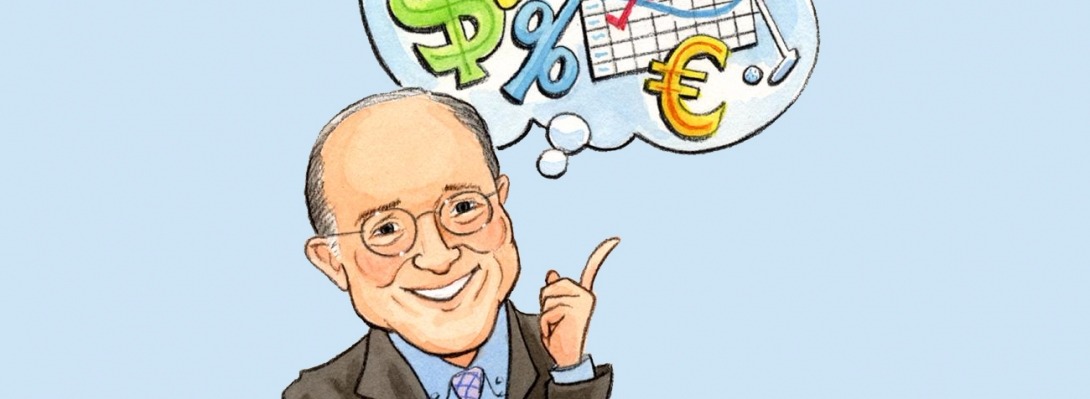|
November 25, 2009
As we approach Thanksgiving, it is important that we take time to reflect on and give thanks for our many blessings.
As I write this letter and look back at where we were in the 4th Quarter of 2008, the financial system was on the brink of total disaster – Lehman Brothers collapsed, Merrill Lynch was acquired in a stealth overnight deal, and AIG was taken over by the government. Talk of a Great Depression type economy dominated the news and fear was rampant as we finished 2008 and entered 2009. Stocks hit their lowest levels in years and bottomed out on March 9, 2009. Since then we have moved back from the precipice and the markets have rallied more than 50% off their bottoms.
Where Are We Now? The question now is: Have the good times returned for the markets and the economy? In order to answer that question, I am going to borrow a story by Vitaliy Katsenelson which I believe is a good description of where we are today: The economy reminds me of a marathon runner who runs too hard and hurts himself. But now he has another race to run. So he’s injected with some serious, industrial-quality steroids, and away he goes. As the steroids kick in, his pace accelerates, as if the injury never happened. He’s up and running, so he must be ok; this is the impression we get, judging from his speed and his progress. What we don’t see is what is behind this athlete’s terrific performance – the steroids. Of course, we can keep our fingers crossed and hope that the runner has recovered from his injury and what we see is what we get – the athlete is at the top of his game – but there are problems with this thinking. Serious steroid intake comes at a cost: it exaggerates true performance. Steroids can be addictive; once we get used to their effects it is hard to give them up. The longer we take them the less effective they are. Finally, there is a good reason why steroids are banned in sports: they damage the athlete’s body. Our economy suffered severe injuries last year, and to keep it going massive amounts of steroids were and are being injected – they’re what economists call stimulus (or government intervention). Let’s take a closer look at the extent of the steroidization. In the US, things appear to be stabilizing and improving on the surface, but beware, there is a giant IV hooked up to the veins of the economy, through which billions of dollars are constantly being pumped in. The stimulus is everywhere:
Now let’s look at the side effects:
The stock market’s recent rally followed a typical, by-the-book, coming out of recession trajectory – it was cyclical, i.e., short term. Source: Vitaliy Katsenelson, Advisor Perspectives, Inc. RIDDLE: What is the timepiece with the most moving parts? (It's been around for centuries) Dow 10,000 – What’s Next? Just because the Dow has broken 10,000 again doesn’t mean that our economic problems are behind us. Those of you who attended our recent seminar know that we are pleased with the market’s performance this year, but still believe we are, and will be, in a secular (long term) bear market for a number of years. The following is a list of some of the “headwinds” the economy and the market is facing: n Rising unemployment (10.2%) n Rising deficits and massive government debt n Rising taxes n Rising interest rates likely n Slightly overvalued market n Low consumer spending n No “top line” growth n Likelihood of rising inflation n Possible deflation n Very slow to recover housing markets (High foreclosure rate) n Commercial real estate bubble looming n Medicare needs to be addressed n Weak $ n Healthcare Reform n Iraq & Afghanistan wars n More than 120 banks have failed n FDIC is stressed – had to ask for 3 years of fees in advance n States are running at significant deficits
n Many pension funds are severely underfunded
Reality Check Optimism is bred into us Americans. In many ways, it is our unique strength. However, when it comes to the markets, if we anticipate only favorable outcomes, aren’t we being naïve? I am convinced that we can make money in any kind of market. However, a secular (long term) bear market requires different strategies than the markets of the ‘80s and ‘90s.
This cyclical (short term) bull market may continue for a number of months, but we are preparing for an extended difficult environment over the next several years.
Our firm is constantly looking for opportunities to realign portfolios to give our clients the best tradeoff between risk and return. We’ve met or spoken to most of you over the last 6 to 9 months. If we missed you for some reason or you would like to discuss your portfolio in more detail, we would welcome the opportunity to have that conversation.
Happy Thanksgiving to you and your families!
Sincerely,
Edward J. Kohlhepp, CFP®, ChFC, CLU
Edward J. Kohlhepp, Jr., CFP®, MBA
Answer to Riddle: The Hourglass
"We do not quit playing because we grow old, we grow old because we quit playing."
- Oliver Wendell Holmes |






